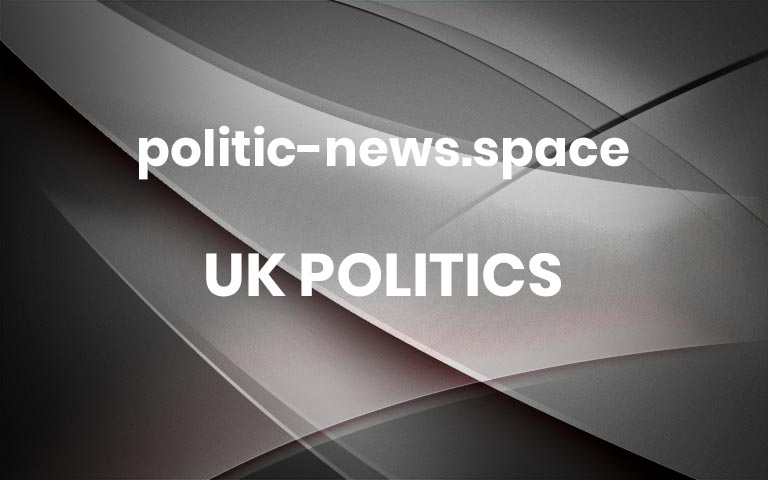Blinken: growing evidence of Russian atrocities in Ukraine a ‘punch to the gut’
Blinken: growing evidence of Russian atrocities in Ukraine a ‘punch to the gut’Secretary of state promises US will join allies in documenting atrocities and hold perpetrators accountable Growing evidence of Russian war crimes in Ukraine are “a punch to the gut”, the US secretary of state Antony Blinken said on Sunday, promising that America would join its allies in documenting the atrocities to hold the perpetrators accountable.A retreat of Russian forces around Kyiv has revealed evidence of atrocities against civilians as Ukrainian troops and journalists have moved back into a broad swathe of suburbs and towns around the capital.“We can’t become numb to this. We can’t normalize this. This is the reality of what’s going on every single day as long as Russia’s brutality against Ukraine continues,” Blinken said on CNN’s State of the Union.“You can’t help but see these images as a punch to the gut. We said before Russia’s aggression we thought it was likely that they would commit atrocities. Since the aggression we’ve come out and said we believe that Russian forces have committed war crimes, and we’ve been working to document that to provide the information that we have to relevant institutions and organizations that will put all of this together.“There needs to be accountability for it,” he added.Jens Stoltenberg, the Nato secretary general, echoed Blinken’s stance on the same program, saying the international community was sickened by the horrific images emerging from Ukraine, including the apparent execution-style killings of unarmed citizens.“It is a brutality against civilians we haven’t seen in Europe for decades and it’s horrific, and it’s absolutely unacceptable that civilians are targeted and killed,” Stoltenberg said.“It just underlines the importance that war must end, and it is [Russian president Vladimir] Putin’s responsibility to stop the war.”Asked about holding Putin and Russia’s military leaders accountable, Stoltenberg said: “It is extremely important that the international criminal court has opened an investigation into potential war crimes, that all facts are on the table, and that those responsible are held accountable. So I strongly welcome the investigation.”Blinken said it appeared Russia was withdrawing forces from the Kyiv region, but he warned its military was likely preparing to strike elsewhere in Ukraine, or even planning to return to the capital at a later date.“It’s too early to say what that actually means because they could be regrouping and restocking and replenishing, and then coming back to Kyiv. It’s also very possible that what we’re seeing is what it seems to be, a focus to the east and the south,” he said.“[But] the will of Ukrainian people is clear. They will not be subjected to a Russian occupation, whether that’s in and around Kyiv or whether that’s in the east and the south.“Here’s the problem. In the meantime, the terrible death and destruction that you started with is going to continue and that’s why it is so urgent that Russia end this war of aggression, and we do everything that we can to support the Ukrainians.”Blinken would not be drawn on the details of US military aid being sent to Ukraine, but said the aim was “to make sure they have the systems they need”.“That includes many different weapons systems,” he said. “Let me give one example, between the United States and our allies and partners, for every Russian tank, there are or soon will be, more than 10 anti-tank systems.“That’s what’s been happening. It’s been incredibly effective because of the courage and bravery of Ukrainian forces.”In a later interview on NBC’s Meet the Press, Blinken said Russia was regrouping after having “been dealt a devastating setback” by Ukraine’s resistance.“Russia had three goals going into this: to subjugate Ukraine to its will, to deny its sovereignty and its independence; to assert Russian power; and to divide the west, divide the alliance,” he said. “And on all three fronts, it’s failed. Ukraine is now more united. A sovereign, independent Ukraine is going to be there a lot longer than Vladimir Putin’s on the scene.“Russian power has actually vastly diminished, its military has greatly under-performed, its economy is reeling. And, of course, Nato, the west, are more united than in any time in recent memory.”Asked about the prospect of easing sanctions as part of peace negotiations, Blinken said the issue was in Russia’s hands.“The purpose of the sanctions is not to be there indefinitely. It’s to change Russia’s conduct. And if as a result of negotiations, the sanctions, the pressure, the support for Ukraine, we achieve just that, then at some point the sanctions will go away. But that is profoundly up to Russia and what it does going forward.”TopicsAntony BlinkenUS foreign policyUS politicsRussiaUkraineEuropenewsReuse this content More




